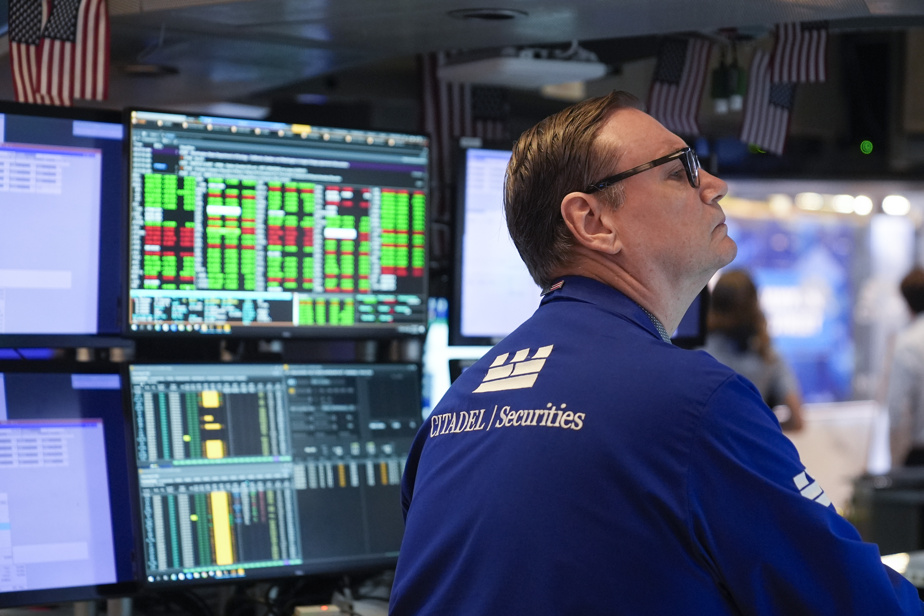The New York Stock Exchange opened lower on Tuesday, in an atmosphere of restraint before a series of indicators which should provide information on the state of the American economy.
Around 1:50 p.m. GMT, the Dow Jones fell 0.66%, the NASDAQ index 1.26% and the S&P 500 index 0.86%.
“It’s the start of a new quarter and the previous one ended with a bang,” commented Peter Cardillo of Spartan Capital.
Wall Street ended Monday with a bang, with new closing records for the Dow Jones and the S&P 500.
Over the three months from June to September, the Dow Jones (+8.2%) did better than the NASDAQ (+2.6%) and the S&P 500 (5.5%), a sign of the beginnings of diversification investors, after a year and a half focused on the technology sector.
“There is caution as we enter a new month,” says Peter Cardillo.
Most S&P 500 stocks were trading within tight margins.
On the bond market, rates remained volatile.
After a jump on Monday following statements considered firm by the president of the American central bank (Fed) Jerome Powell, the yield on 2-year American government bonds fell to 3.58%, compared to 3.64% the day before.
The New York market was awaiting the publication of the ISM index of activity in the manufacturing sector for September, as well as the JOLTS report from the Department of Labor on job offers and resignations in August.
The market reacted little to the start of the longshore workers’ strike at major American ports on the East Coast and the Gulf of Mexico.
Oxford Economics estimates that each week of strike action would reduce US GDP by $4.5 billion to $7.5 billion.
The threat of a work stoppage had been looming for several months and many companies took the initiative to limit the effects of this strike, which explains the measured reaction of operators, according to Patrick O’Hare of Briefing. com.
For the analyst, the market’s lack of initial anxiety about the consequences of this social conflict is also due to expectations of a short strike.
Boeing started to slide (-0.22%), triggered by information from the Bloomberg agency according to which the aircraft manufacturer is considering a capital increase of at least $10 billion.
This fundraising would allow the aircraft manufacturer to strengthen its balance sheet, burdened by a series of operational problems and a strike which has now lasted several weeks.
Alphabet (+0.22%) benefited from opportunity purchases, the stock having fallen by more than 13% since its peak at the beginning of July.
Conversely, Apple, close to its historic highs, was in retreat (-3.01%). According to Barclays analysts, the Apple firm has reduced its orders for iPhone 16 chips from one of its Taiwanese suppliers, which would indicate that demand for the new smartphone is less strong than expected.
Asset manager Apollo Global Management progressed (+4.12%) after unveiling an ambitious strategic plan, which notably plans to more than double assets under management, bringing them to $1,500 billion by 2029.
The cruise line Carnival was taking on water (-3.95%). Investors paid more attention to forecasts that were considered disappointing than to results that exceeded expectations.
